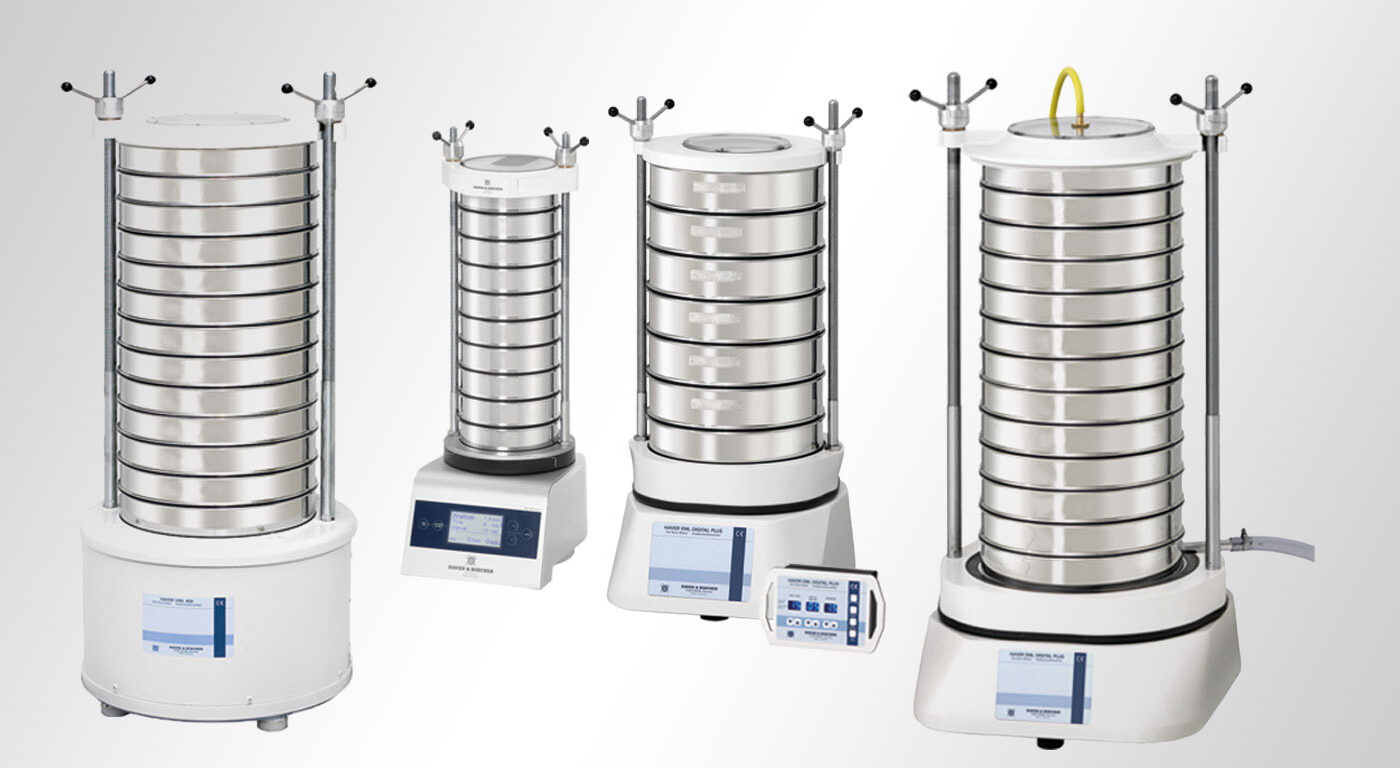A laboratory sieve shaker is an essential piece of equipment used in various material characterization applications across industries such as pharmaceuticals, chemicals, mining, construction, ceramics and many others. In this article, we will discuss the fundamental working of sieve shakers, their various types, applications and importance in laboratory testing.
Types of Laboratory Sieve Shakers
There are mainly two types of laboratory sieve shakers available in the market – mechanical and electromagnetic sieve shakers.
Mechanical Sieve Shakers
Mechanical Laboratory Sieve Shakers use an electric motor to generate oscillating motion that is transmitted to the sieving platform holding the stack of sieves. They are manually operated and offer control over sieving time and amplitude of motion. Mechanical sieve shakers are inexpensive, easy to operate and suitable for general purposes. However, they may not provide consistent sieving action and are not preferable for precise analysis.
Electromagnetic Sieve Shakers
They offer digital control over parameters like sieving time, amplitude, frequency of oscillations and number of sieving cycles. Electromagnetic sieve shakers provide reproducible results even for small sample sizes. Though more expensive, they are preferred for quality control applications and research purposes where repeatability and accuracy of results is critical.
Working of a Sieve Shaker
Irrespective of the drive mechanism, all sieve shakers work on the principle of sieving motion. The stack of sieves holding the sample is seated on a platform which undergoes an oscillating motion, usually in the horizontal, elliptical or circular path. The motion causes the sample particles to repeatedly strike and rub against the sieve mesh. Smaller particles pass through the mesh openings by repeated impacts while larger particles are retained above. The amplitude and frequency of oscillations are adjusted to ensure complete separation within the specified time limit.
Applications of Sieve Shakers
Sieve shakers find extensive usage across different industries and research applications for particle size analysis andseparation. Some key areas include:
– Pharmaceutical Industry: To characterize active ingredients and excipients, conduct dissolution and bioavailability tests.
– Mining and Aggregates: Particle size distribution of ores, minerals, rocks, sand and gravel.
– Chemicals: Determining sizes of precipitates, catalyst particles and other products.
– Food Processing: Grading of cereals, pulses, spices according to sizes.
-Construction Materials: Analyzing aggregates for concrete and asphalt mixes.
-Ceramics and Glass: Characterizing raw materials, slip formations and final products.
-Environmental Engineering: Separating soils for permeability and drainage properties.
-Research Labs: Particle size analysis as part of material synthesis, formulation and process development studies.
Importance of Sieve Shakers
Precise particle size analysis is crucial across many industries to ensure quality, safety, performance and compliance with specifications and standards. Some key importance of using sieve shakers are:
– Reproducible Results: Electromagnetic sieve shakers provide consistent sieving cycles and highly repeatable results critical for quality control.
– Minimal Sampling Errors: Proper sieving with controlled motion minimizes errors from uneven distribution of particles within samples.
– Specification Compliance: Sieve analysis helps assess if materials meet set technical specifications regarding particle sizes.
– Process Optimization: Characterization of intermediate and final materials aid in improving manufacturing processes.
– Equipment Sizing: Particle sizes influence sizing of downstream units like mixers, dryers, mills etc.
– Equipment Wear Analysis: Sieve tests on wear products help assess performance and life of machines.
– Health and Safety: Finer particle sizes increase risks like dust hazards and require necessary safety precautions.
In summary, sieve shakers are indispensable laboratory instruments for particle size characterization across industries. Their utility stems from providing reproducible and accurate analysis of size distributions of particulate materials through controlled sieving motions. With advanced digital models, sieve shakers continue enhancing research capabilities and process compliance.
Note:
1. Source: Coherent Market Insights, Public sources, Desk research
2. We have leveraged AI tools to mine information and compile it



